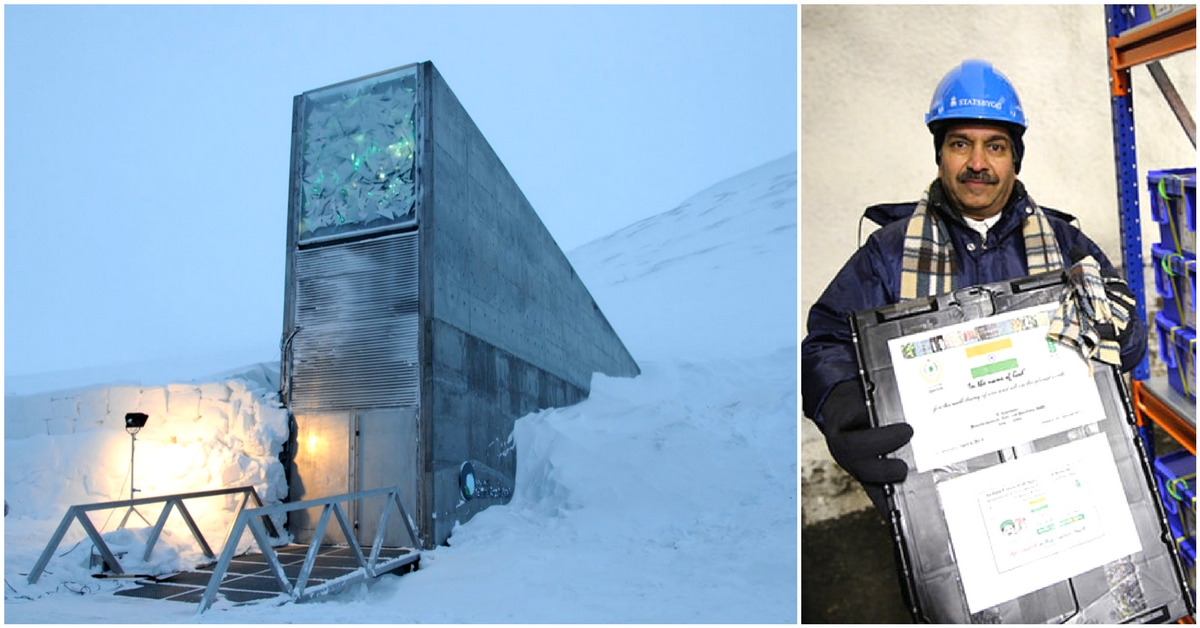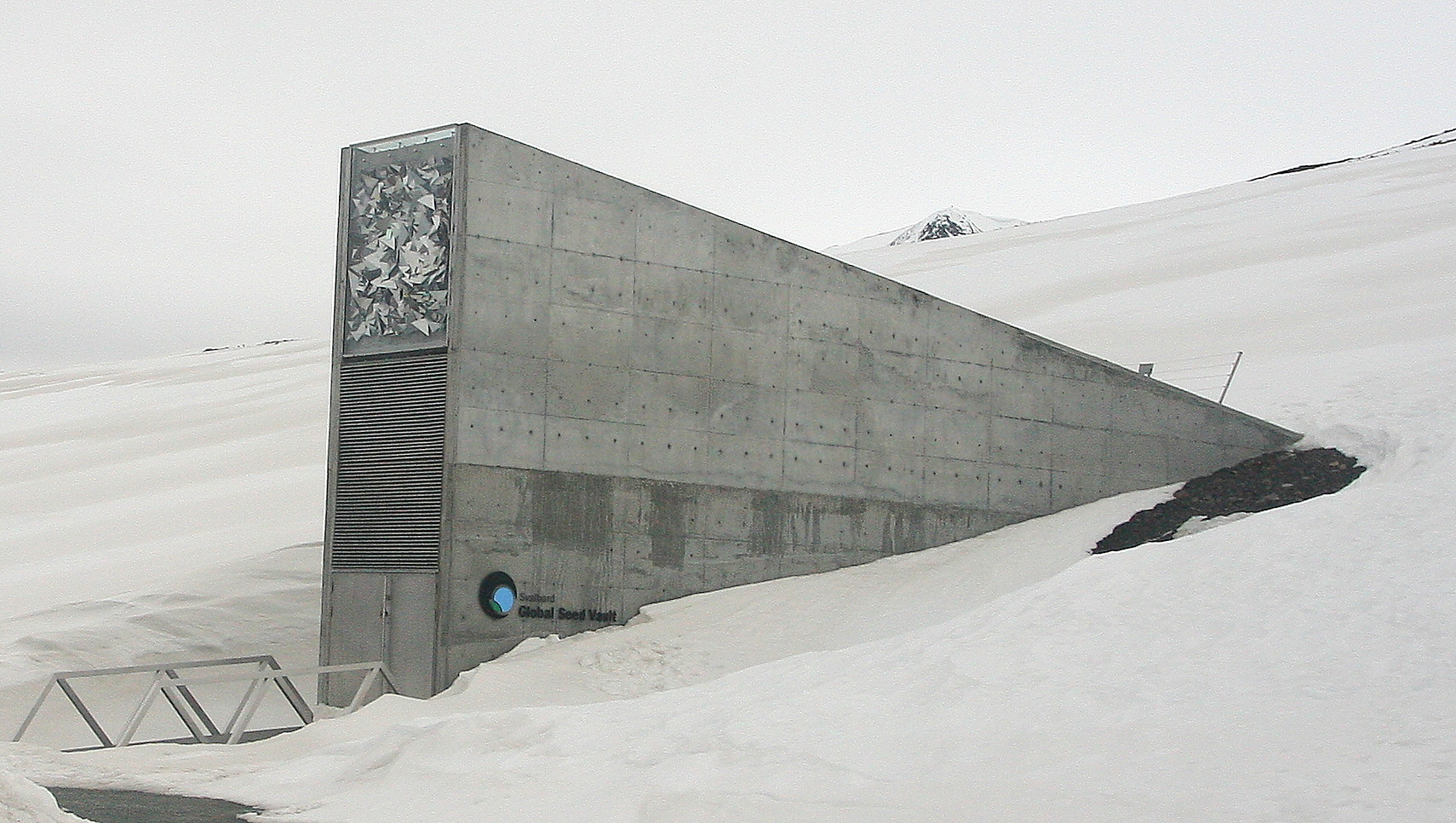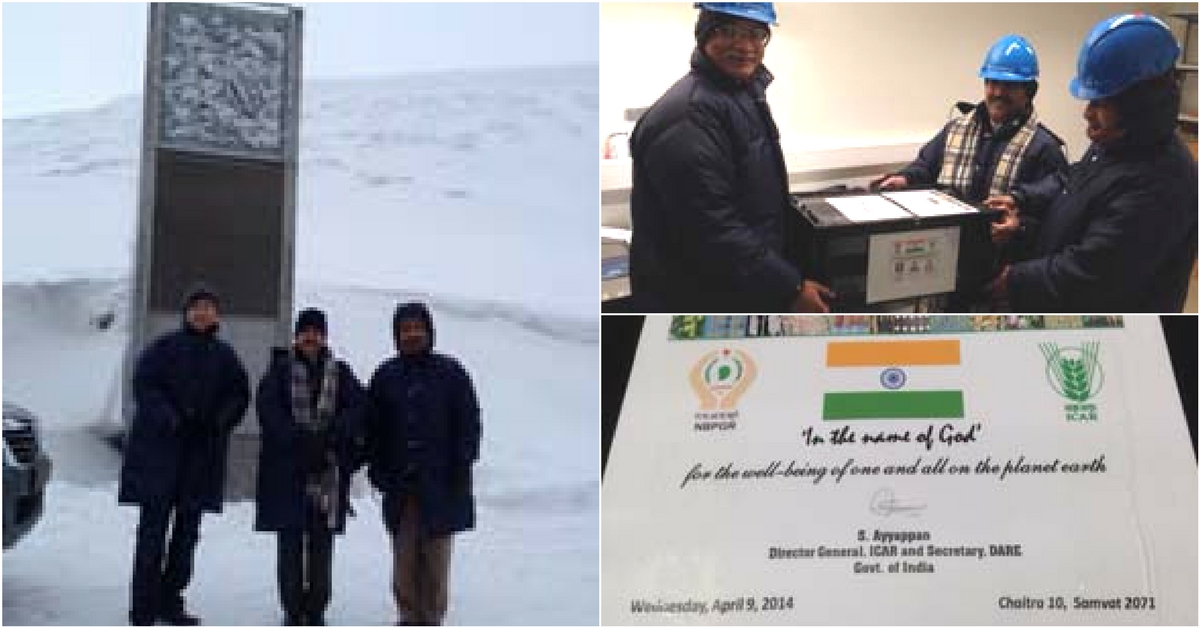Freezing Future: Inside Chang La, India’s Doomsday Vault In The Himalayas
India’s ultimate back-up for its food supply, the Chang La seed vault in Ladakh has been built to stand the test of time — and the challenge of global catastrophes.

The Svalbard Global Seed Vault recently celebrated the 10th anniversary of its official opening in 2008. Built by the Norwegian Government on a remote island deep inside the Arctic Circle, this fail-safe repository houses the planet’s largest collection of seeds that come from nearly every country in the world, including varieties of staple crops like maize, rice, wheat, barley, and more.

The idea behind this invaluable vault is to safeguard the world’s flora from global catastrophes, both natural and man-made. For instance, if nuclear war, coastal inundation, prolonged drought or plagues of pests leads to extinction of crop species in the future, governments will be able to request seeds from the vault to revive their agricultural sector.
Little wonder that the Svalbard Vault is referred to as the world’s doomsday vault. Interestingly, few people know that India too has its own doomsday vault and that its located in the snowy heights of the Himalayas.
Perched at at a height of 17,300 feet above sea level, India’s doomsday vault lies in Chang La (a high-altitude mountain pass in Ladakh) and is the ultimate insurance policy for the country’s food supply, offering options for future generations to overcome the challenges of climate change and population growth.

Built jointly by the Defence Institute of High Altitude Research (DIHAR) and the National Bureau of Plant Genetic Resources (NBPGR) in 2010 under the aegis of Defence Research and Development Organisation (DRDO), this permafrost seed bank is the second largest in the world.
It stores over 5,000 seed accessions (one accession consists of a set of seeds of a particular species collected from different geographical and demographic locations). These seeds — apricots, cabbage, carrots, potatoes, radish, tomatoes, barley, rice wheat, etc — have been prioritised for qualities such yield or resistance to temperature, pests or humidity.
Interestingly, the idea for a high altitude seed vault in Ladakh emerged after a mysterious locust invasion devastated the barley crop in the region!
As for why Chang La, the high-altitude mountain pass remains shrouded in snow for about nine months a year and there is little chance of ice-melt damaging the vault. The fact that its well above the sea level and tectonically stable ensures that its protected from ocean flooding, even in the worst case scenarios.
Also, Chang La’s natural permafrost conditions — 20% relative humidity and temperatures below -18 degrees Celsius (except in May and June) — offer an affordable and energy-efficient alternative to cryopreservation (the freezing of seeds to -196 degrees Celsius using liquid nitrogen).

The seeds are sealed in custom-made three-ply foil packages, placed inside black boxes and stored on shelves inside the stone-and-wood panelled building. The low temperature and moisture levels (artificially maintained inside the vault and naturally outside) ensure low metabolic activity, keeping the seeds viable for long periods of time.
As per data mentioned in a DIHAR bulletin, if kept undisturbed at this temperature and humidity, the expected longevity of seeds of onion is about 413 years, of rice is 1100 years, of wheat is 1600 years, of barley is 2000 years and of pea is a mind-boggling 9000 years.
This essentially means that a pea seed locked in the facility in 2018 can be taken out and successfully planted in the year 11018!

Photo Source
Presently, the only other facility in India for long-term storage of seeds is the one set up by Indian Council of Agricultural Research (ICAR) New Delhi but it generates an enormous electricity bill thanks to the energy demands of cryopreservation.
Furthermore, there is no village within a periphery of 30 km from the pass, thanks to low oxygen and bone-chilling temperatures in the winters. However, the Leh airport lies 75 km away. Thus, it is a remote location that is nevertheless accessible to both Indian scientist and the armed forces.
Interestingly, the Chang La seed vault’s sealed ‘black box’ design prevents disputes over intellectual property rights. According to this arrangement, the vault does not claim ownership over the deposited samples. Thus, the ownership remains with the depositor, who has the sole right of access to the respective samples in the seed vault.

With the aim of rivalling the Svalbard Seed Vault, India has made storing of viable seeds at Chang La free of cost for all government departments and research organisations. It also plans to open the facility to the international scientific community but for that, it will have to install a high-tech cooling system for 15-20 days when the temperature at the mountain pass peaks to -4 degrees.
So even if something happens at Svalbard, India will have a final back up at Chang La — a set of carefully preserved seeds that can be restored, cultivated and sown to feed its citizens.
As William Selvamurthy, a senior scientist at DRDO told The Telegraph,
“This is a Noah’s Ark type of activity.”
Also Read: 6 Global Mega Science Projects That Indian Scientists Are Making a Mark In
Like this story? Or have something to share? Write to us: [email protected], or connect with us on Facebook and Twitter.
NEW: Click here to get positive news on WhatsApp!
If you found our stories insightful, informative, or even just enjoyable, we invite you to consider making a voluntary payment to support the work we do at The Better India. Your contribution helps us continue producing quality content that educates, inspires, and drives positive change.
Choose one of the payment options below for your contribution-
By paying for the stories you value, you directly contribute to sustaining our efforts focused on making a difference in the world. Together, let’s ensure that impactful stories continue to be told and shared, enriching lives and communities alike.
Thank you for your support. Here are some frequently asked questions you might find helpful to know why you are contributing?


This story made me
-
97
-
121
-
89
-
167













